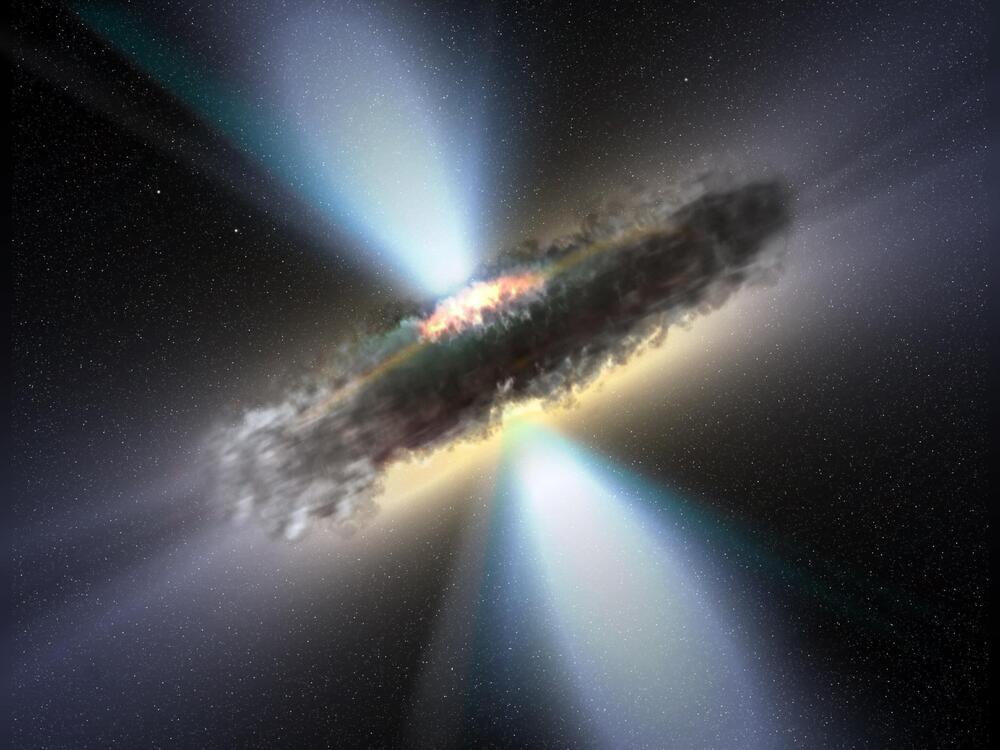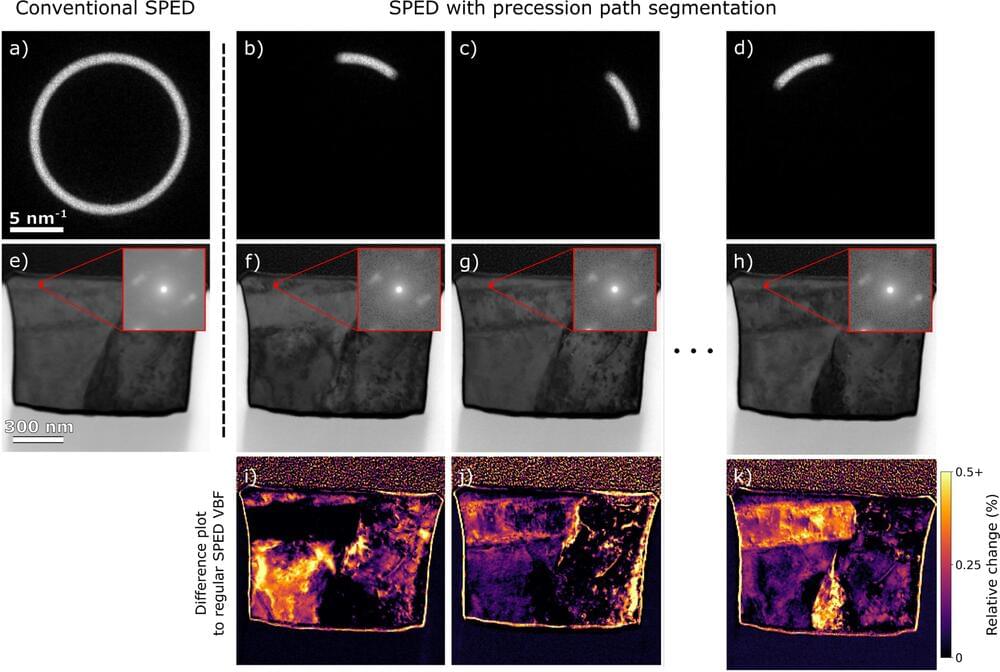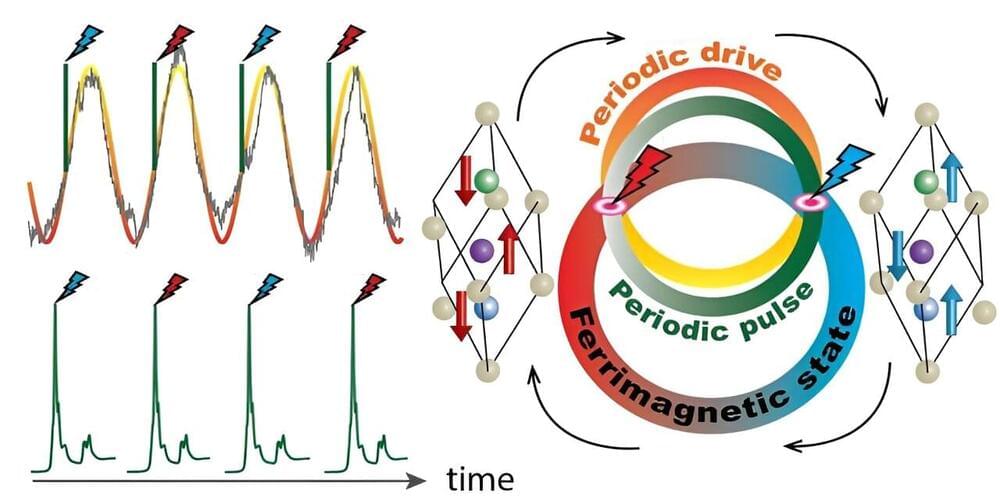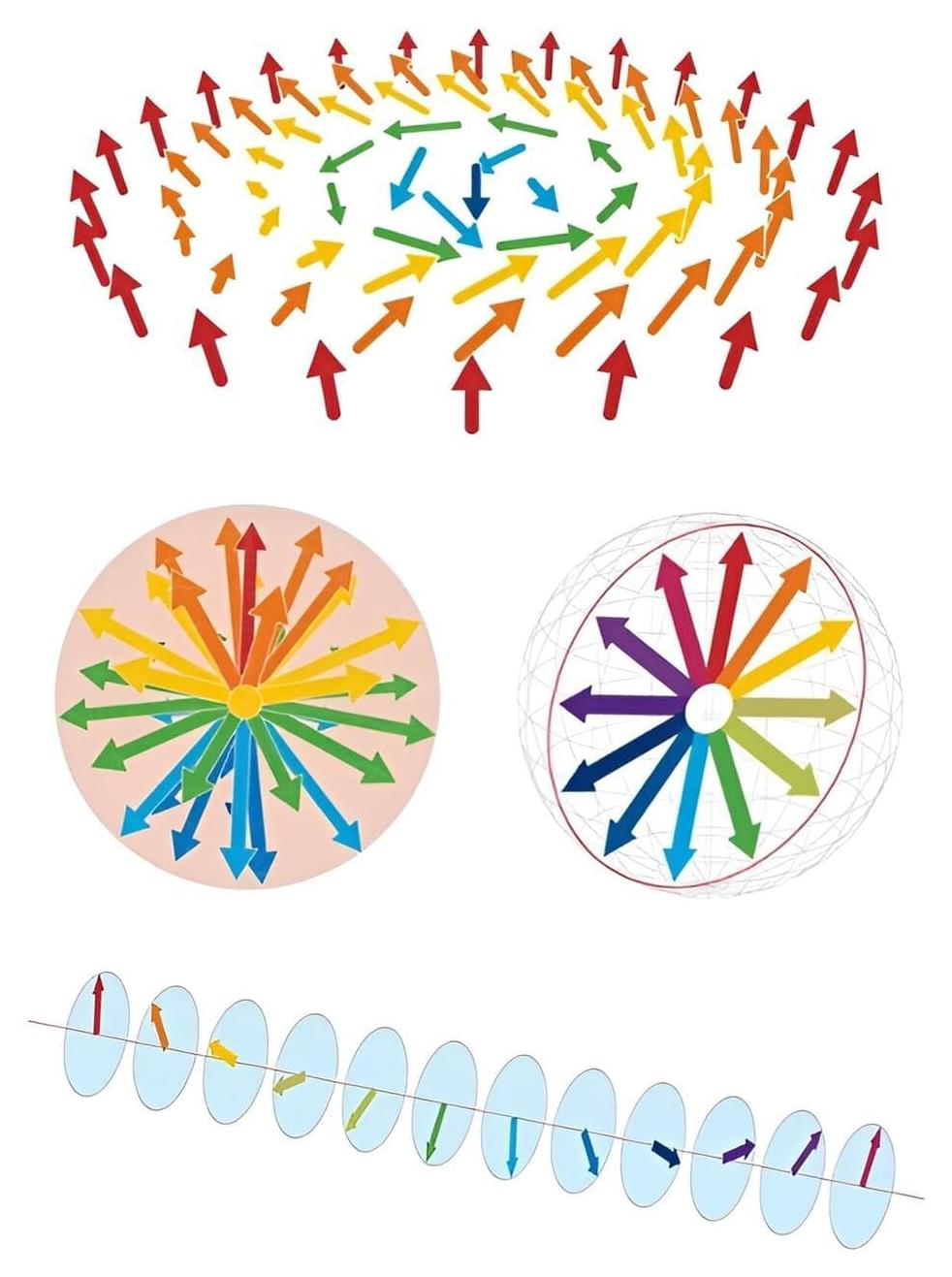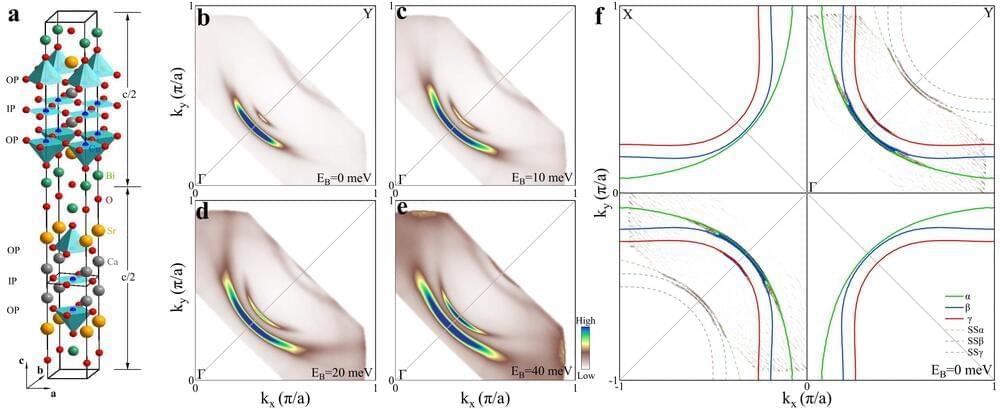A new study reveals that supermassive black holes at the centers of galaxies, known as quasars, can sometimes be obscured by dense clouds of gas and dust in their host galaxies.
This challenges the prevailing idea that quasars are only obscured by donut-shaped rings of dust in the close vicinity of the black hole.
Quasars are extremely bright objects powered by black holes gorging on surrounding material. Their powerful radiation can be blocked if thick clouds come between us and the quasar.
